Roasting adjustment and extraction adjustment of raw coffee beans what are the effects of soft and hard water on the extraction of coffee
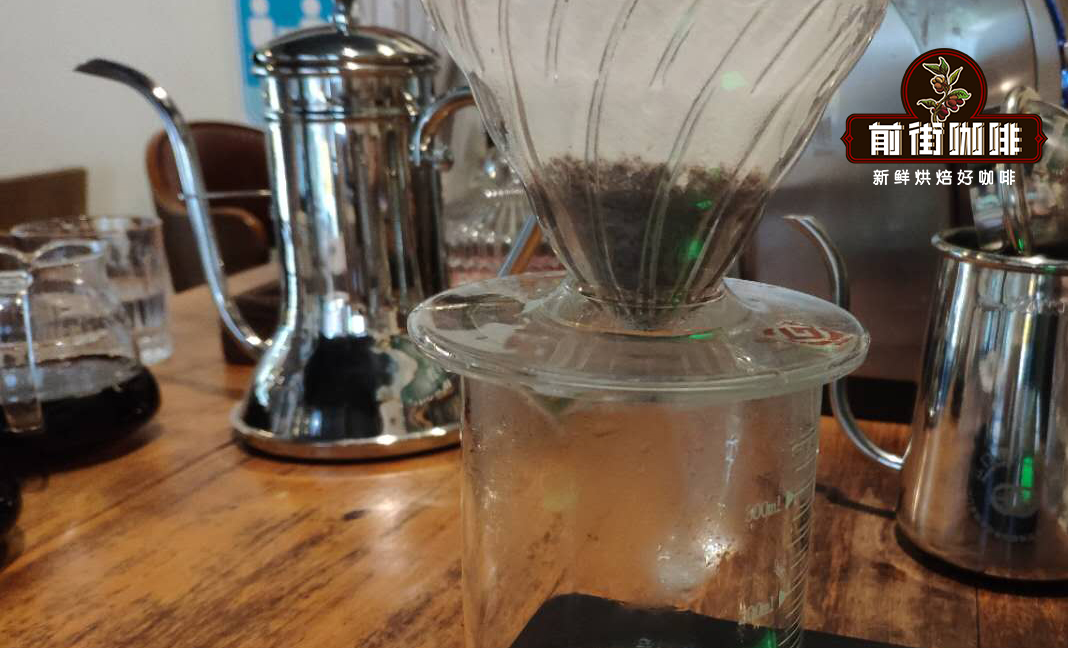
98% of coffee is water, while 94-95% of a cup of espresso is water. So, in the whole coffee equation, water is an extremely important ingredient. In many cases, it is always ignored, so does the roasting and extraction of coffee also need to be adjusted in different drinking environments?
How does water quality affect the taste of coffee?
How does water affect the taste of coffee? Pure H2O itself is not the best water for coffee extraction. Because it lacks minerals, and the minerals in the water are responsible for extracting a large number of chemicals from coffee into the water. Therefore, the low mineral content of soft water in the extraction of coffee with a sense of flavor and sugar extraction efficiency of coffee is very low.
On the other hand, mineral-deficient soft water also reduces the taste quality of coffee, making it cleaner but lighter. Because the presence of sugars determines the alcohol thickness of the coffee, if you do not taste the sweetness of the coffee, it may be because other bitter or sour substances in the coffee overshadow the taste buds' perception of sweetness. In a poor extraction environment, if the sugar is extracted too little, the alcohol thickness of the liquid of the coffee will become lower, and the taste will become very thin.
On the contrary, the high mineral content of hard water can extract the compounds in coffee more effectively. The extracted coffee has a stronger flavor and higher alcohol thickness. However, at the same time, more bitter substances and astringency will be extracted from the coffee, which we call over-extraction.
How does roasting affect the taste of coffee?
With the change of roasting degree, the acidity, aroma, sweetness, alcohol thickness and bitterness of coffee change and reach the peak one after another. the peak position of each coffee is different, and the specific roasting degree will be different.
With the continuous baking, citric acid, acetic acid and other acids are produced, at the same time, organic acids are constantly decomposed; when the amount of decomposition is greater than the amount produced, the acid in coffee begins to decline. Macromolecular carbohydrates decompose into soluble small sugars at high temperatures, increasing the perceived sweetness in coffee; at the same time, chemical reactions such as Maillard reaction and caramelization need to consume sugar as raw materials. All this results in a change in sweetness in coffee.
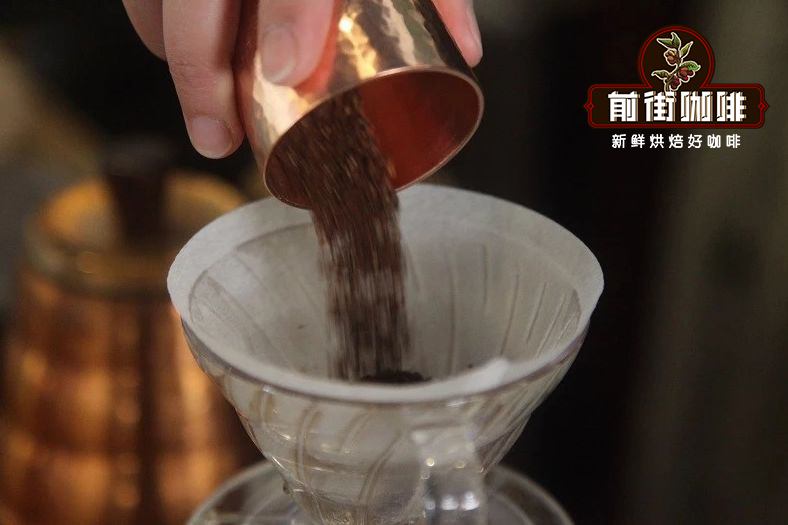
During the roasting process, the aroma molecules of coffee are excited in turn according to their molecular weight, including: enzymatic reactions derived from the growth process (flowers, fruit, etc.), caramel reactions formed in the baking process (nuts, chocolate, etc.), dry distillation reactions formed by fiber decomposition during baking (spices, cedar, etc.); the later the order, the more likely it is to be affected by baking. The peak here refers to the maximum aroma of the beans themselves, and these aromatic molecules will gradually disappear as the baking continues.
When roasting enters a deeper stage, the fiber of coffee begins to be decomposed, the structure of beans becomes fragile, and various substances are scorched and disappeared, resulting in a rapid decline in alcohol thickness and increased bitterness. Bitterness is the only increasing aspect in the baking process, and there are many reasons for this result, such as quinine formed by the decomposition of chlorogenic acid and melanin-like substances produced by Maillard reaction. The content of caffeine remained almost unchanged before and after baking.
What does soft and hard water mean to consumers?
After the coffee beans are roasted, you need to use the same quality control language tool "cup test" for quality control, and the roaster will also adjust the baking degree or baking curve according to the taste of the extracted coffee.
Because of the different water conditions in each region, as consumers, there are some risks in buying coffee beans across regions. Even if the same brand of mineral water is chosen to avoid differentiation, it will be different because of the different water sources of the processing plants.
What we recommend more is to buy coffee beans baked by local roasters, because there is not much difference between the water source used for testing and the water we drink every day, so that the coffee beans that have been tested and adjusted are the most replicable.
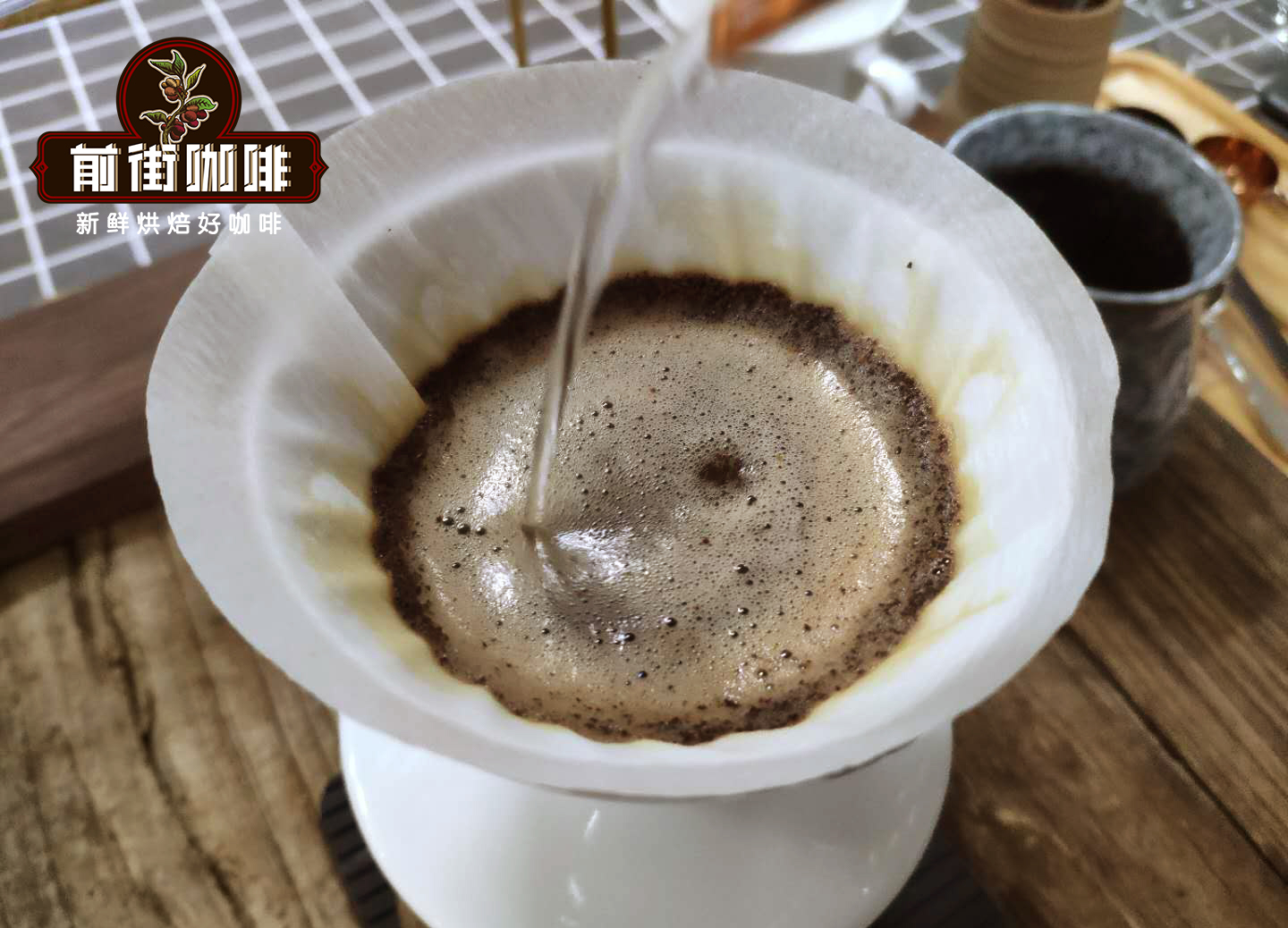
How to adjust baking and extraction according to soft and hard water?
In our own experiments, we found that soft water with less minerals can only highlight the acidity of coffee because it cannot fully extract sugar and bitter substances from coffee. In order to make up for this, in the baking adjustment, we need to slow down the development rate of ROR, so that the development is more full, in order to achieve flavor balance.
In contrast, coffee extracted with harder water tends to have a higher sweetness and alcohol thickness, but makes the acid flatter. Therefore, if we want to adjust the taste of coffee to be more dynamic and multi-layered, then we need to speed up the development rate of ROR, speed up the fire and wind, and shorten the time, especially in the final stage.
Of course, trying to adjust a baking method that adapts to any water quality is also a challenge for coffee roasters.
When extracting, coffee beans with lighter roasting are suitable for extraction with harder water to help extract more sugars and flavor substances from the coffee. Coffee beans with deeper roasting are suitable for extraction with softer water to help avoid the bitterness and woody flavor caused by the reaction of too much baking.
Important Notice :
前街咖啡 FrontStreet Coffee has moved to new addredd:
FrontStreet Coffee Address: 315,Donghua East Road,GuangZhou
Tel:020 38364473
- Prev
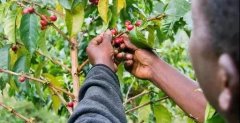
Effect of brewing water temperature of coffee beans in Yejia Sheffivoka Cooperative on the flavor of Yega Chevoca coffee
Professional coffee knowledge exchange more information about coffee beans Please follow the coffee workshop (Wechat official account cafe_style). Friends who have drunk Ethiopian coffee beans believe many people have heard of Waka beans. This bean comes from the small town of Werka in southern Ethiopia. Through the cup test on the front street, it is believed that the Waka coffee beans have a fresh and elegant flower fragrance, clean, bright and sour characteristics.
- Next
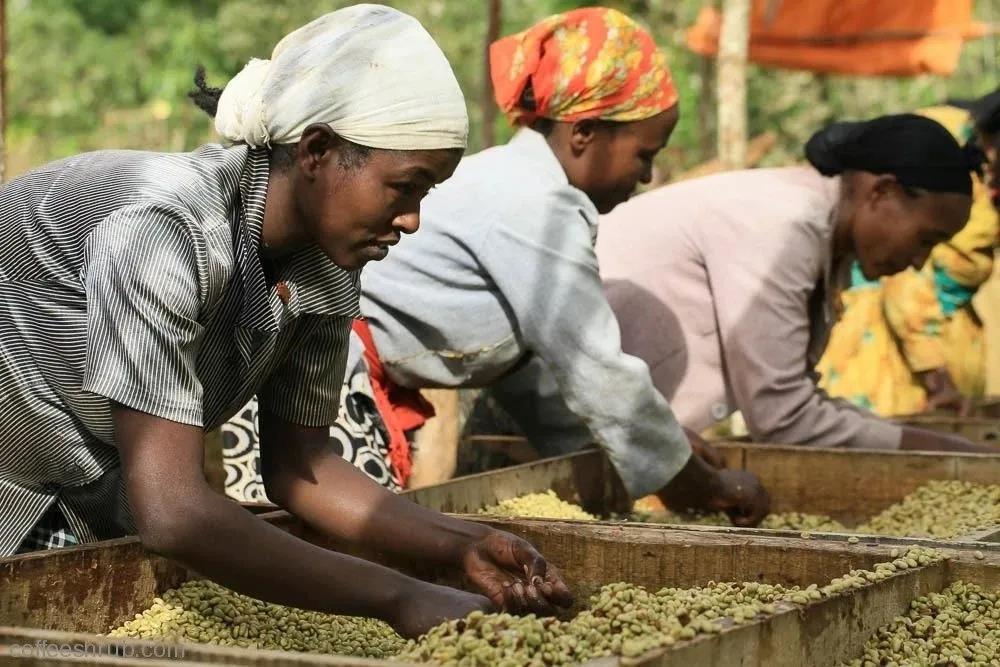
What is a coffee cooperative? Brewing parameters of coffee beans in Ethiopia Yega Xuefei Coffee Cooperative
For more information on coffee beans, please follow Coffee Workshop (Wechat official account cafe_style) the Yegashafi producing area of Ethiopia includes many cooperatives, large and small, coffee cooperatives are not-for-profit organizations, all participate voluntarily, and the aim is to make it easier for members to have access to resources when producing or serving coffee. Although Yega Xuefei is numerous.
Related
- Beginners will see the "Coffee pull flower" guide!
- What is the difference between ice blog purified milk and ordinary milk coffee?
- Why is the Philippines the largest producer of crops in Liberia?
- For coffee extraction, should the fine powder be retained?
- How does extracted espresso fill pressed powder? How much strength does it take to press the powder?
- How to make jasmine cold extract coffee? Is the jasmine + latte good?
- Will this little toy really make the coffee taste better? How does Lily Drip affect coffee extraction?
- Will the action of slapping the filter cup also affect coffee extraction?
- What's the difference between powder-to-water ratio and powder-to-liquid ratio?
- What is the Ethiopian local species? What does it have to do with Heirloom native species?

